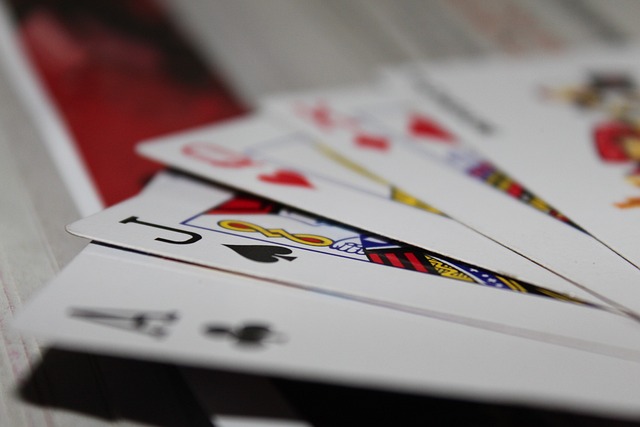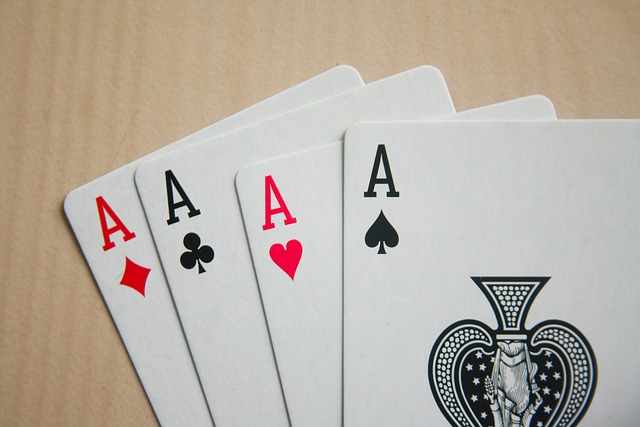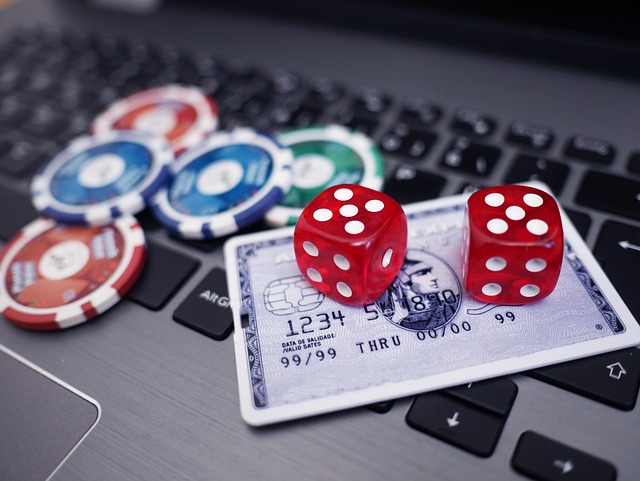Virtual Reality (VR) poker takes the familiar structure of online poker and adds a 3D environment where players can interact as if they’re sitting at a real table. Instead of clicking buttons on a 2D interface, you move, gesture, and even read other players’ virtual body language.
Unlike standard online poker, VR poker relies on immersion. The cards, chips, and avatars exist in a simulated space, which changes how players behave and engage with the game. It’s still poker at its core, but the dynamics of bluffing, pacing, and attention differ.
The Core Experience: Immersion and Interaction
In VR poker, immersion is the primary draw. You don’t just see a poker table—you sit at it. Players use VR headsets and hand controllers to handle cards, toss chips, and make eye contact with avatars. The physicality of these gestures makes the game slower but more realistic.
Social Presence and Bluffing
One major difference is social presence. In traditional online poker, bluffing relies on betting patterns. In VR poker, players add another layer: gestures, voice tone, and timing. You can lean forward, fidget, or show confidence—all signals that others may read or misread.
That realism brings new pitfalls. Overacting or “faking tells” can backfire. Unlike at physical tables, some VR systems exaggerate movement or misalign avatars slightly, which can make gestures look unnatural. Skilled players learn to adapt to those quirks.
Physical Engagement
VR poker is more physically involving. You’ll use your hands to grab chips, flip cards, or gesture. The tactile simulation doesn’t replicate real cards perfectly, but it keeps you engaged longer. It also means fatigue can set in faster, especially in longer sessions.
A simple rule of thumb:
If a session would last 2 hours online, expect the same session in VR to feel like 3.
The added movement and immersion amplify time perception.
Technical Setup and Common Trade-Offs

Playing VR poker requires more than just software—it needs proper hardware. That includes a VR headset, motion controllers, and a stable internet connection. Each element affects performance.
| Factor | Impact on Gameplay | Tip |
|---|---|---|
| Headset resolution | Affects clarity of cards and avatars | Aim for 2K per eye or higher |
| Frame rate | Influences comfort and realism | Keep above 90 FPS |
| Tracking accuracy | Impacts hand gestures | Ensure good lighting and enough play space |
| Internet stability | Affects motion lag | Prefer wired or 5 GHz Wi-Fi |
| Audio quality | Shapes social presence | Use noise-cancelling mic/headset |
Setup Pitfalls
New players often underestimate the space required for VR poker. You’ll need a clear 1.5×1.5 meter area to move freely. Sitting too close to walls or furniture can break immersion or cause tracking loss.
Another trade-off is comfort. Wearing a headset for long periods can cause heat or motion fatigue. Plan shorter, frequent sessions instead of marathons.
Strategy and Adaptation
VR poker changes how strategy feels, not what strategy is. The rules of Texas Hold’em or Omaha remain identical. What shifts is how players perceive risk, focus, and rhythm.
Adjusting to Pace and Distraction
VR slows the game slightly because of manual actions—stacking chips or folding takes real movement. This pacing discourages multi-tabling and favors focus. If you thrive on managing multiple screens, VR may feel restrictive.
However, that slower pace helps players observe more—avatars, micro-delays, or nervous gestures. Reading others becomes a new skill layer, similar to live poker but filtered through digital cues.
Building Consistency

Treat VR poker sessions like live ones.
A simple three-step prep can help:
- Set physical comfort: Adjust straps, lighting, and chair height.
- Warm up mentally: Play one short practice hand to align tracking and focus.
- Stay present: Avoid multitasking; VR amplifies distraction if your attention drifts.
The more consistent your setup and posture, the more natural your reactions become—and the fewer tells you accidentally give away.
The Future of VR Poker
VR poker sits between casual gaming and professional play. It’s not replacing live tournaments yet, but it offers a middle ground between online anonymity and real-world presence.
As VR technology improves—especially with eye tracking and facial expression mapping—the line between digital and live poker will narrow. The players adapting early will have an edge when realism becomes standard.
